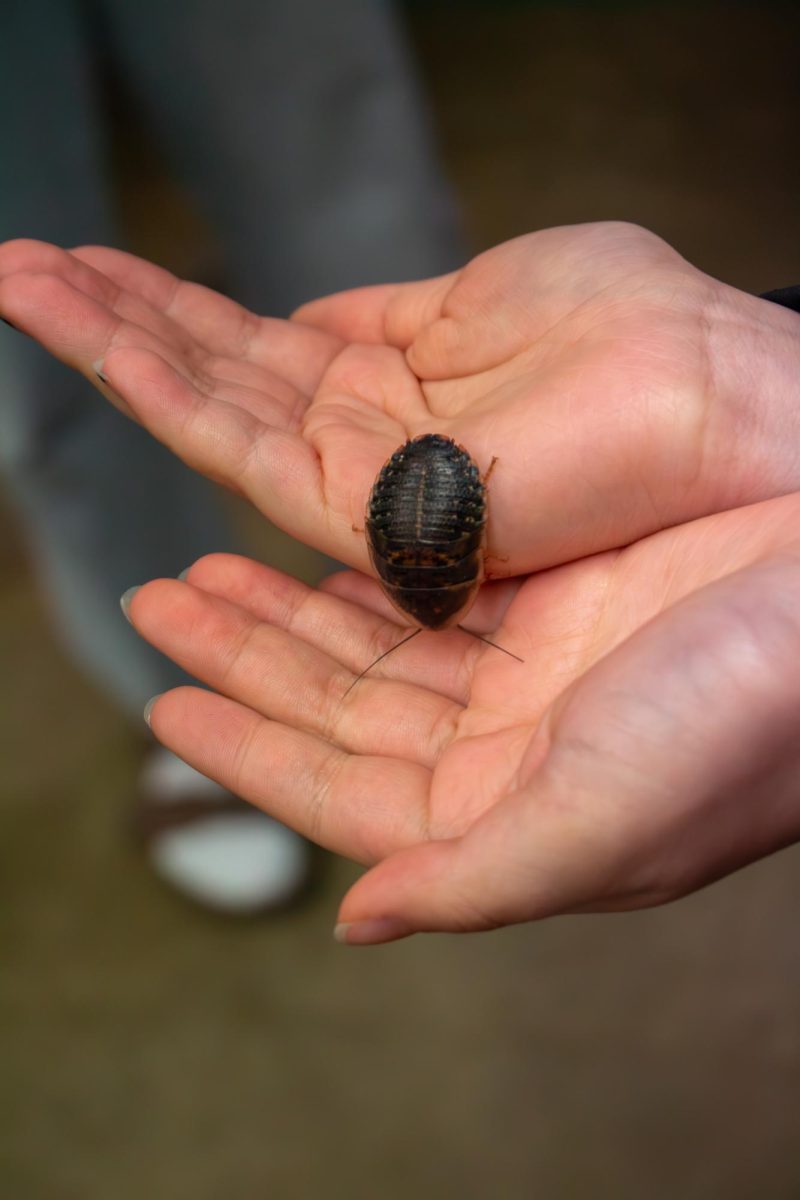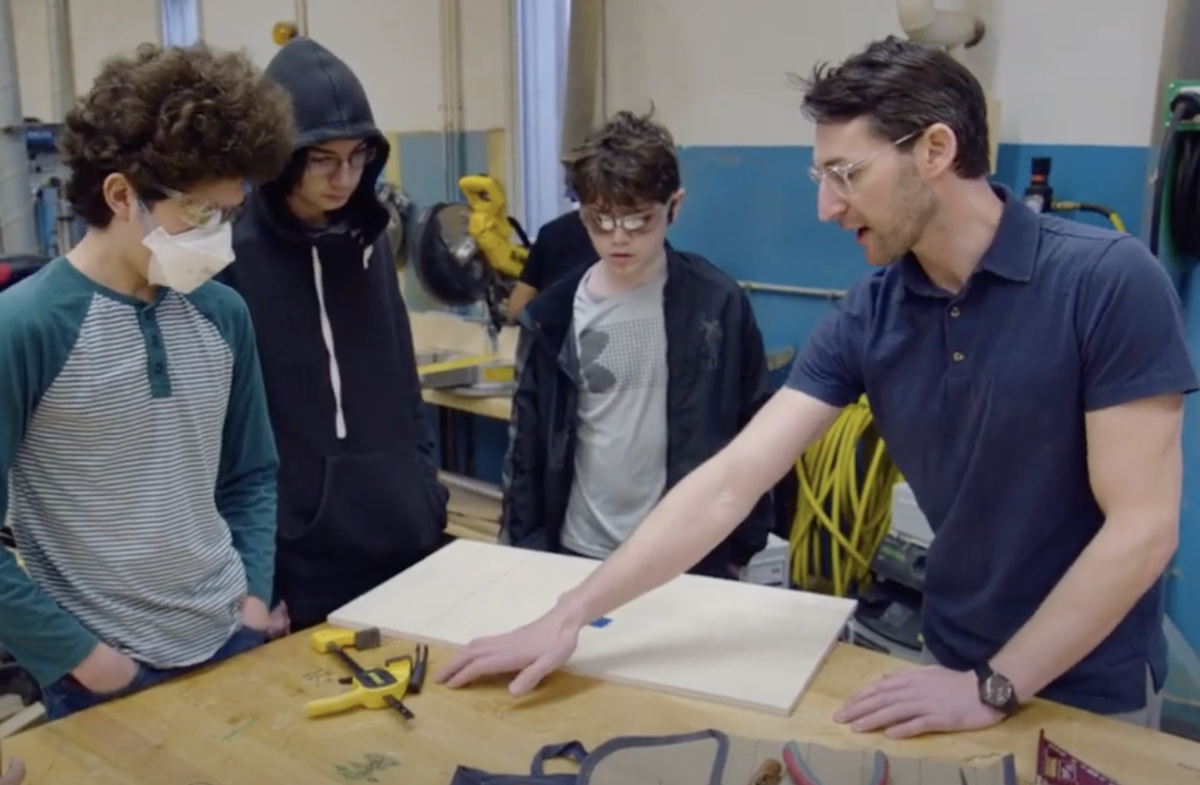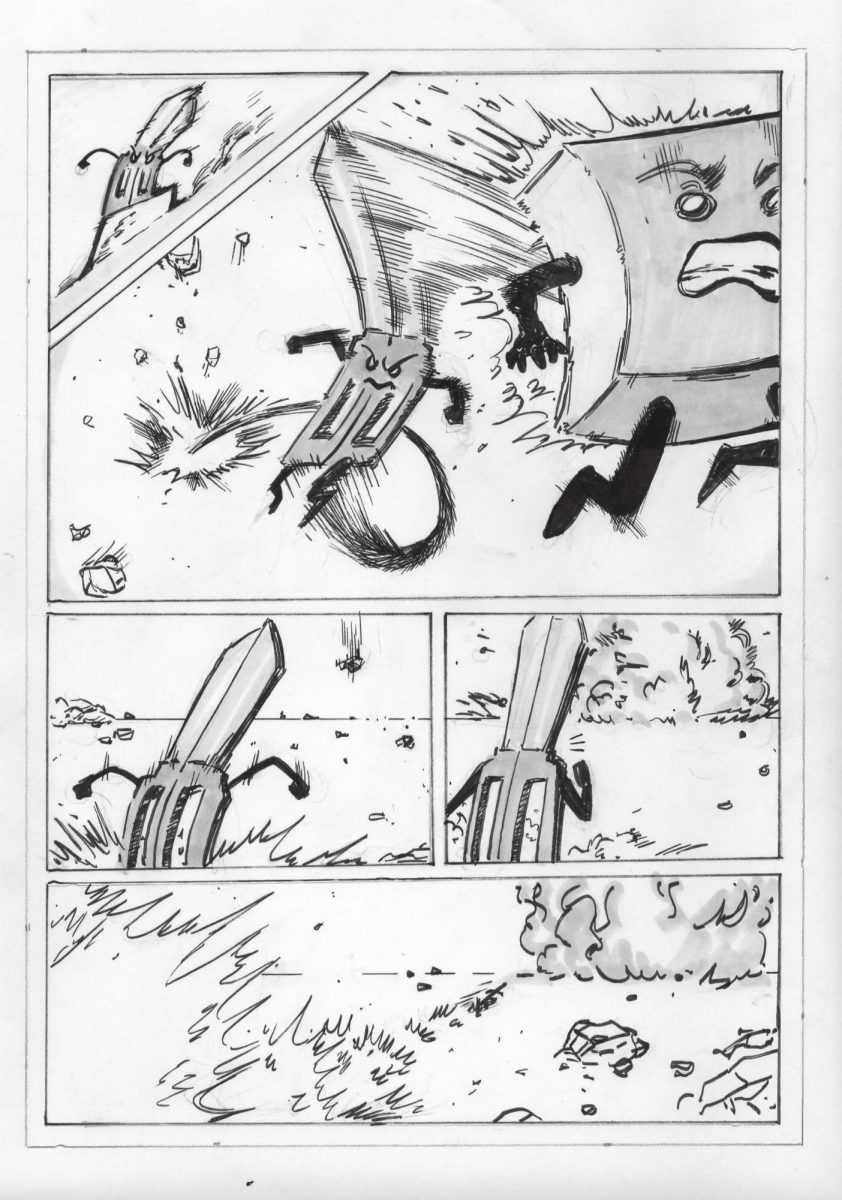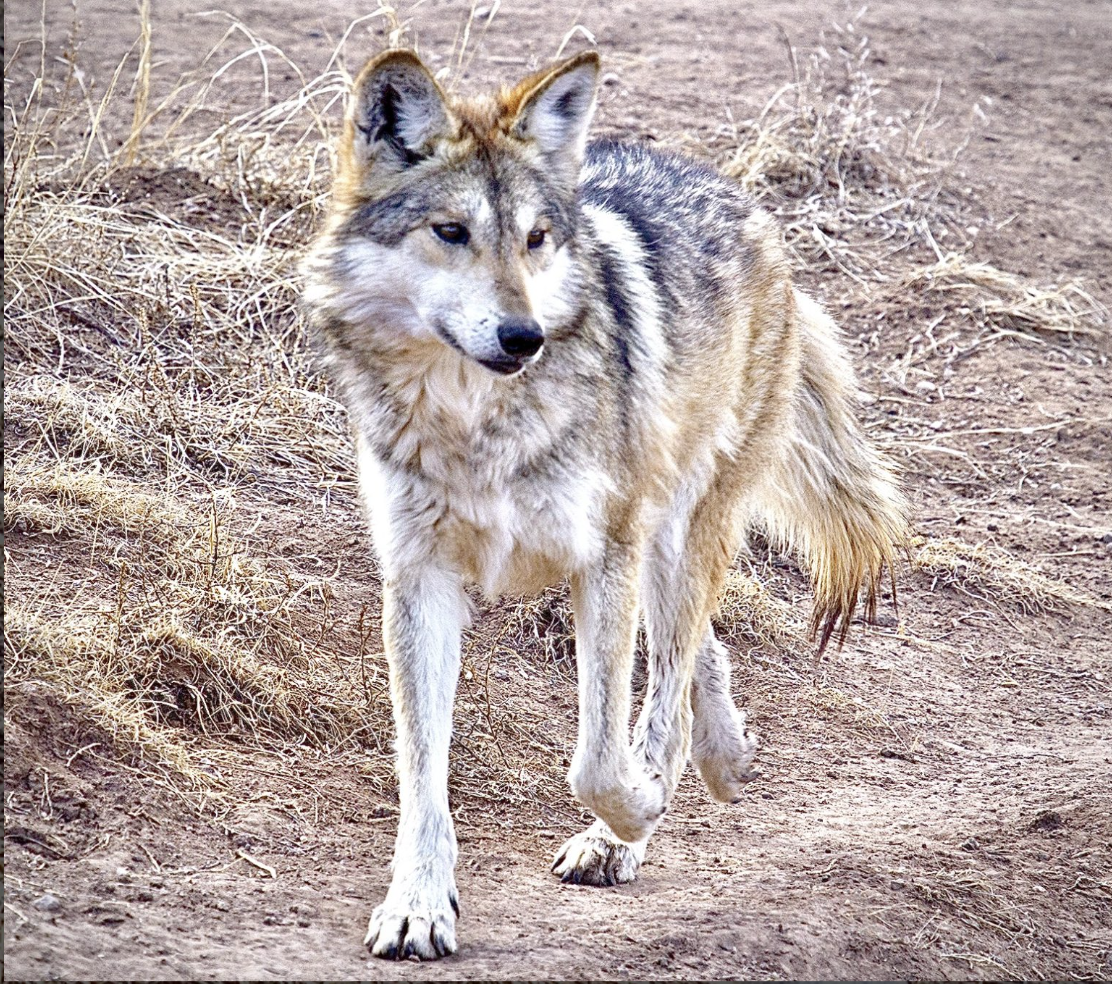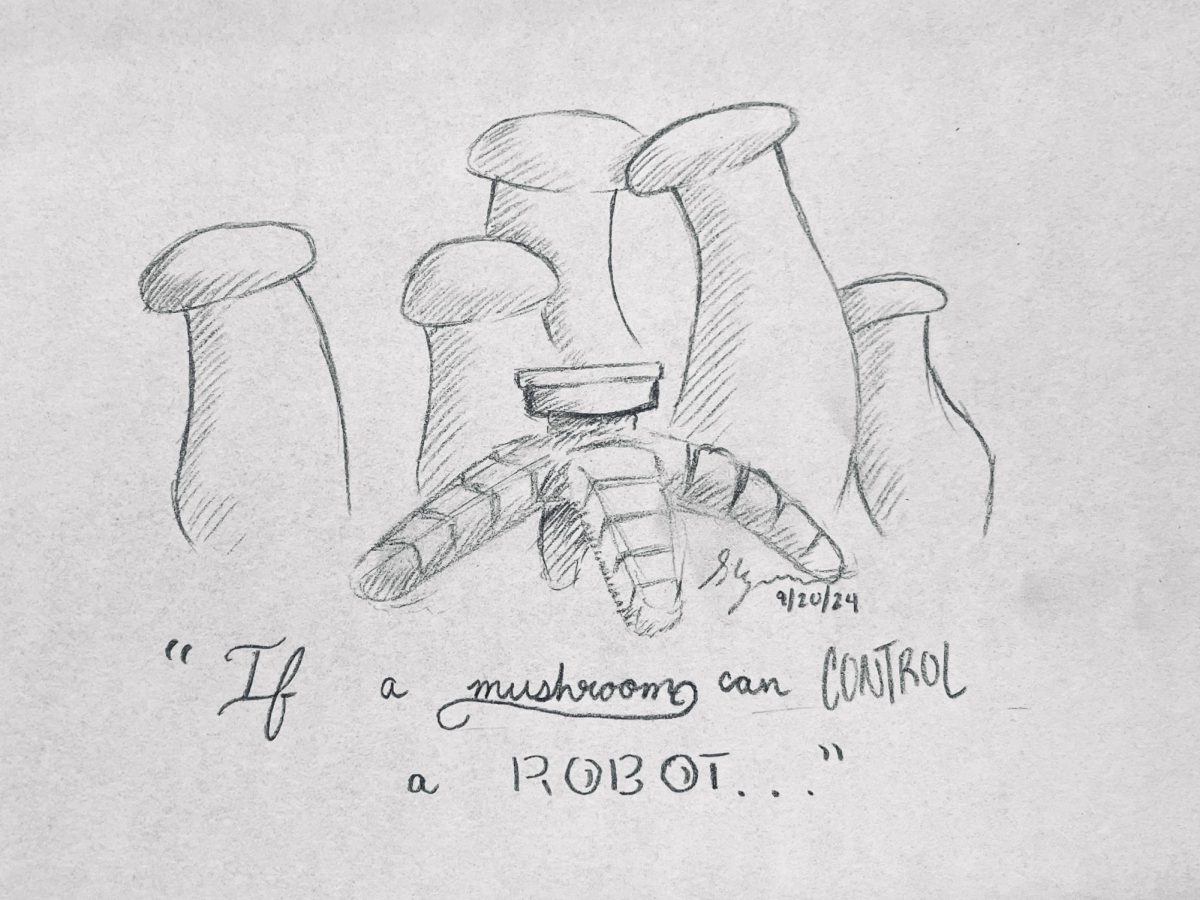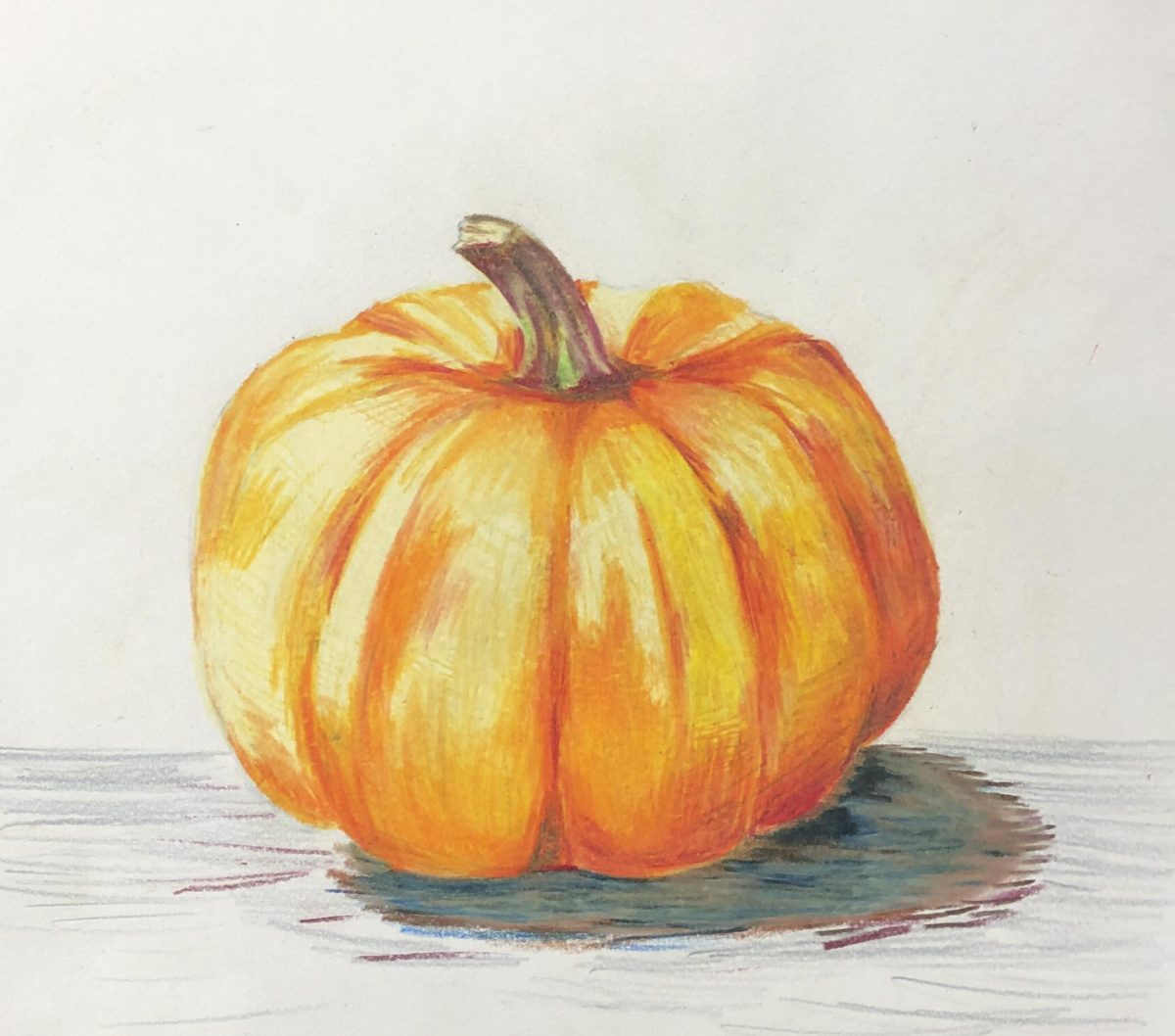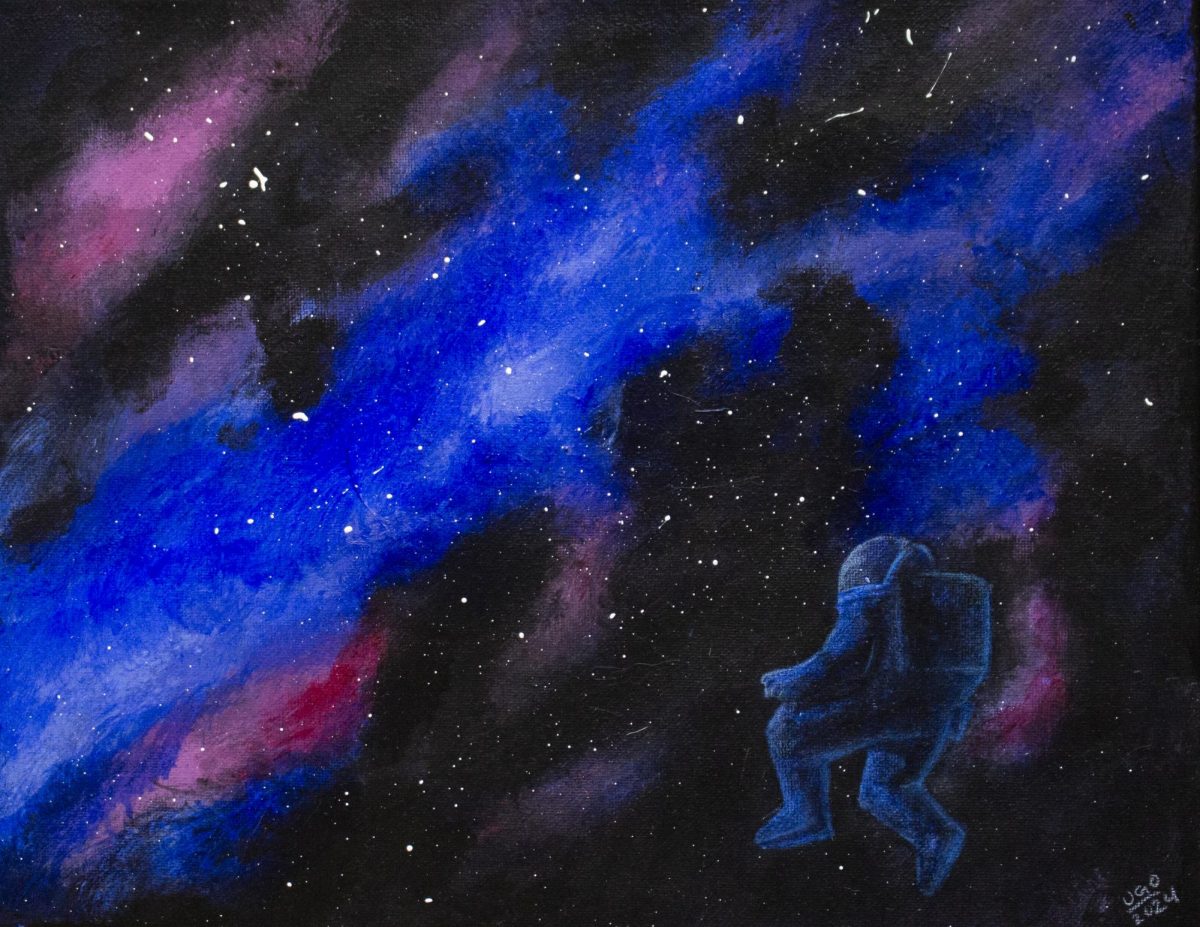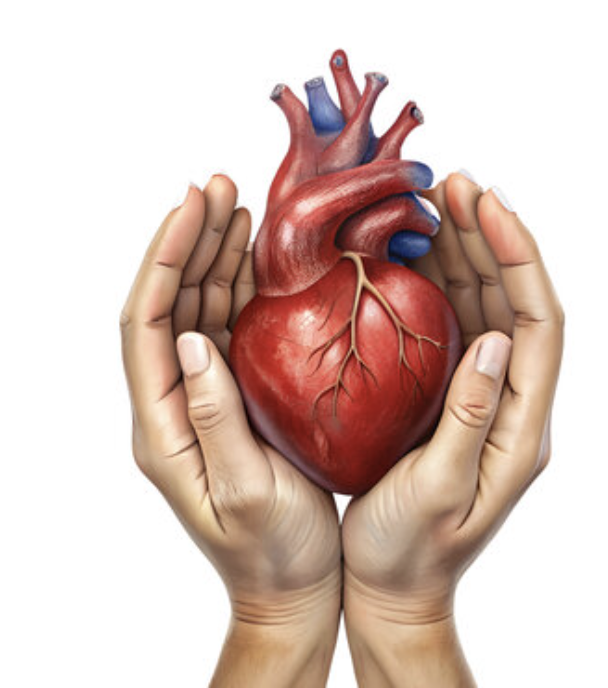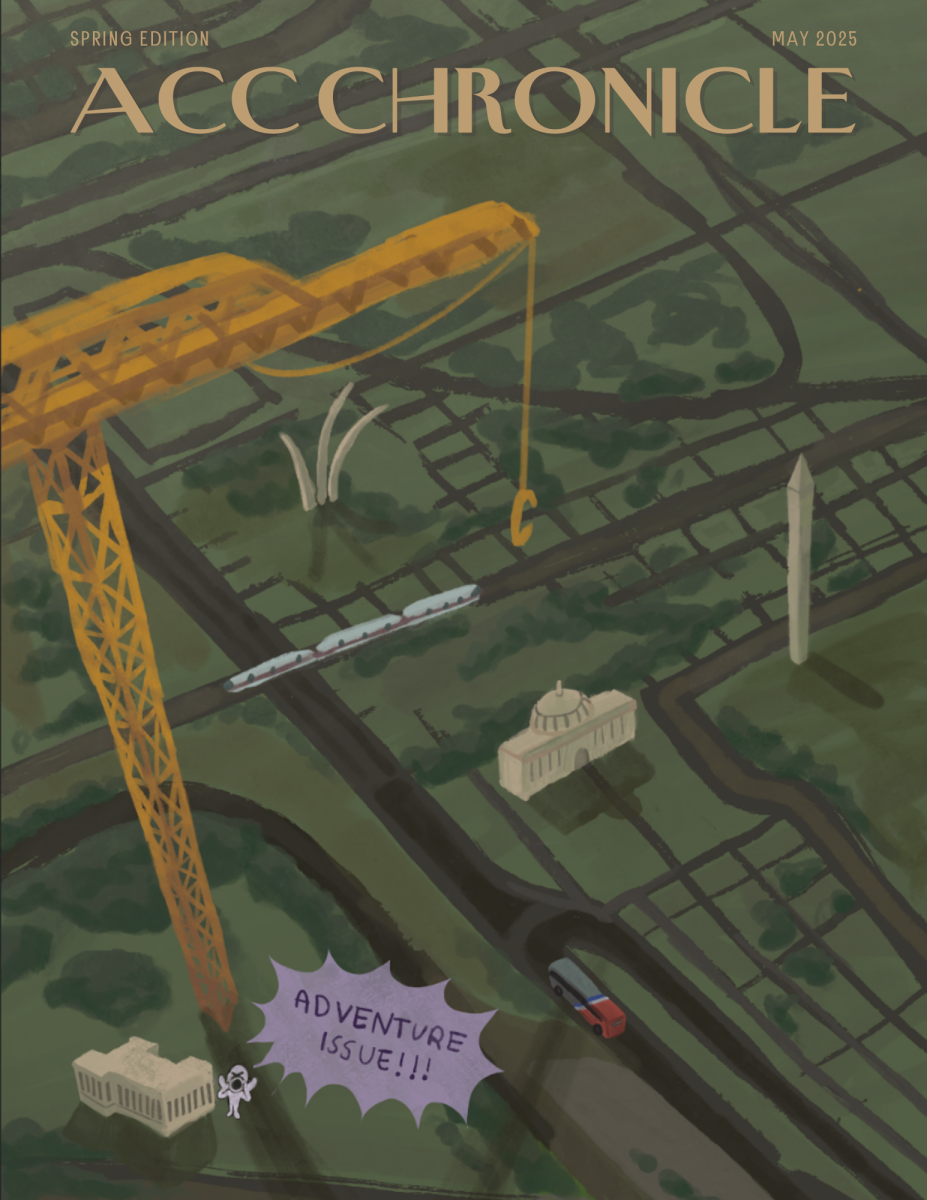I recently visited the Smithsonian Museum, spending a significant amount of my time in the paleontology section, and familiarizing myself with the fossils on display. During that period, I found an exhibit showcasing how wings evolved. I soon became fascinated by the connection between prehistoric dinosaurs and modern birds.
 Birds are amongst one of the most diverse species and widespread animals on Earth; they’re found on every continent but Antarctica. I find it unfortunate how — since they’re so common — the sight of them has become normalized in human society and we rarely take the time to appreciate their true wonder and beauty.
Birds are amongst one of the most diverse species and widespread animals on Earth; they’re found on every continent but Antarctica. I find it unfortunate how — since they’re so common — the sight of them has become normalized in human society and we rarely take the time to appreciate their true wonder and beauty.
Did you know birds are considered to be living dinosaurs? They’re classified as avian dinosaurs and are — technically — reptiles since they’re the last living species of theropods. They’re specifically a branch of theropods called maniraptorans that originated during the Mesozoic era, which was approximately 66 million years ago.
The Archeopteryx is generally accepted by paleontologists as the oldest known bird fossil. There are other, older bird ancestors which suggest a complex evolutionary path. Discovered in the 19th century and dating back about 160 million years ago, the Archeopteryx is recognized as a transitional species between modern birds and dinosaurs. The Archeopteryx has a mix of both reptilian and avian features. That being their long, bony tail, their teeth and claws, and — most notably — their feathers.
Feathers are arguably the most striking and recognizable features of any given bird species. They’re  also the most important as they’re utilized for flight, protection, display, and insulation. Archaeological evidence points to dinosaurs like the microraptor or velociraptor using them to camouflage themselves and as a locomotive. The earliest dinosaurs who had such feathers used them to glide before being able to fly. Scientists think that the reason why most dinosaurs evolved wings in the first place was to help them safely glide from tree to tree.
also the most important as they’re utilized for flight, protection, display, and insulation. Archaeological evidence points to dinosaurs like the microraptor or velociraptor using them to camouflage themselves and as a locomotive. The earliest dinosaurs who had such feathers used them to glide before being able to fly. Scientists think that the reason why most dinosaurs evolved wings in the first place was to help them safely glide from tree to tree.
Another key feature connecting birds and dinosaurs together is their skeletal structure. All birds encompass a lightweight, hollow bone structure that allows them to fly better and makes them more aerodynamic. Similar bone structures have been found in other theropod dinosaurs. Additionally, the arrangement of bones in the feet, the three-fingered hands, and the wishbone are all features that can be traced back to their avian ancestors.
 Birds are not just descendants of dinosaurs—they are living fossils, carrying the legacy of a group of archaic beings that once roamed the Earth. Through the study of birds and dinosaurs, we gain a deeper understanding of the natural world and the forces that continue to shape it.
Birds are not just descendants of dinosaurs—they are living fossils, carrying the legacy of a group of archaic beings that once roamed the Earth. Through the study of birds and dinosaurs, we gain a deeper understanding of the natural world and the forces that continue to shape it.
The link between birds and dinosaurs is a wonderful reminder of evolution — a process that has shaped every single living thing on Earth. I find evolution to be a fascinating process as it showcases the ever-changing nature of the world. Through visiting the Smisthsonian, I’ve realized how fickle life can be. It’s important to cherish our time on Earth and everything inhabiting it.
With all this being said, I want to encourage everyone reading this article to spend some of your time outside birdwatching. It’s been proven that being outside is good for you both physically and mentally. There’s always wonder to be found in the mundane — you just have to look for it.








